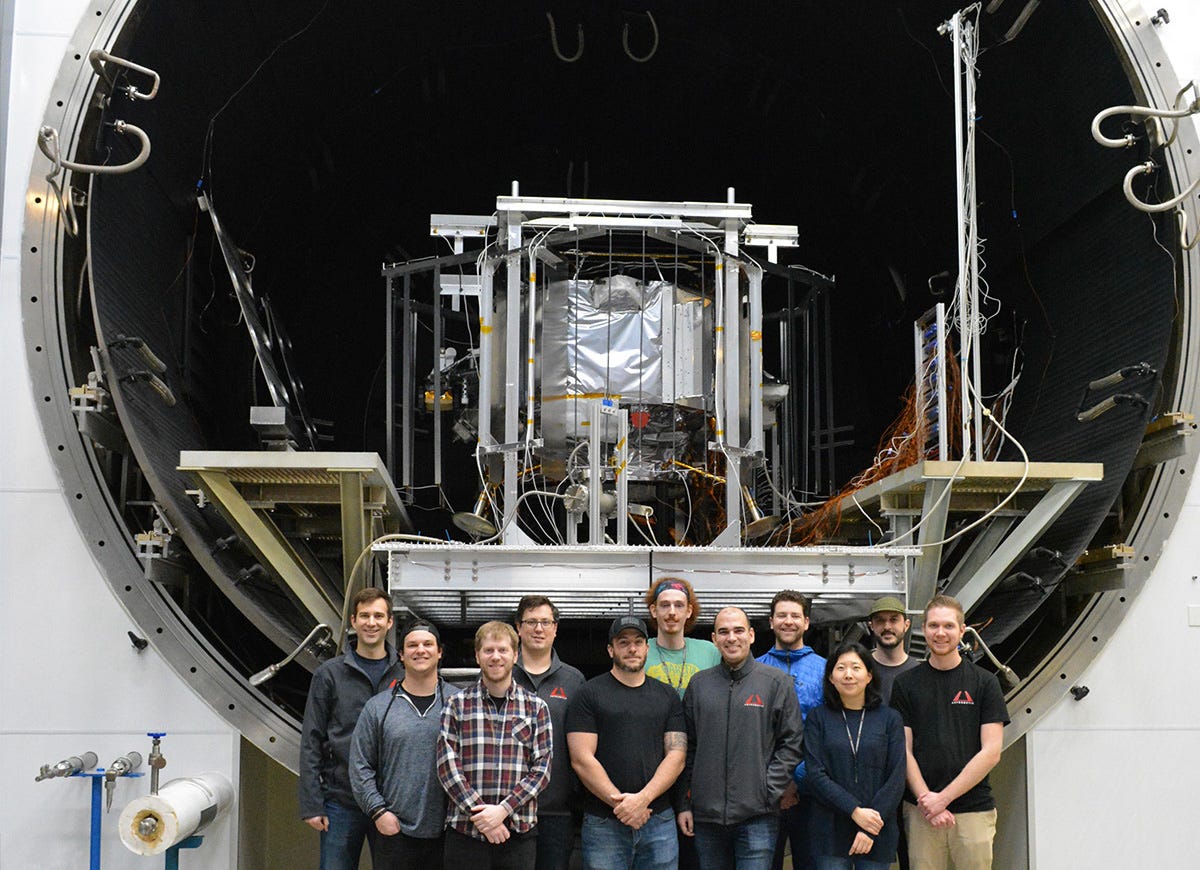Moon Monday #112: Planning Artemis science, exciting mission updates, and more
Planning the science on NASA’s first Artemis crewed Moon landing mission
NASA aims to land astronauts on the Moon mid-decade with Artemis III. While the agency’s selection of SpaceX’s Starship lunar lander and commercial spacesuits—along with the standard Artemis mission inclusions of the SLS rocket and Orion spacecraft—largely culminate the technology stack to be used for this historic return of humans to the Moon after Apollo, the science end has been catching up.
In December 2020, Artemis III’s Science Definition Team laid out the mission’s science priorities. Then, NASA revealed the Artemis science structure in March 2022. The agency announced 13 candidate landing zones for Artemis III in August 2022, which were chosen meticulously using data from NASA’s Lunar Reconnaissance Orbiter while keeping in mind decades of lunar science findings as well as the uniquely challenging engineering constraints presented by the Moon’s south pole. On January 24, NASA released a request for proposals for the Artemis III Geology Team, with submissions being due by February 24.

The competitively selected ~10-member Geology Team will specify Artemis III’s science objectives, help plan the crew’s scientific activities and optimize traverses, provide sampling strategies for water ice and other key materials of interest, and be involved in pre- and post-mission activities such as astronaut training, initial studies of returned samples as well as making of preliminary mission science reports.
Note that the Geology Team is different from the existing Artemis Science Team, which consists of several NASA researchers common across all Artemis missions to ensure that high-level lunar science goals of the U.S. scientific community are being kept in mind at every stage of Artemis planning. They also interface between each Artemis Geology Team and the rest of NASA.
Moreover, joining the respective Geology Team per Artemis mission will be Participating Scientists, also competitively chosen. This call will be open to international researchers. NASA is currently collaborating with ESA, JAXA and CSA for the same. Artemis III will have roughly 10 participating scientists.
Lastly, each Artemis mission will also feature an Instruments Team, who propose autonomous surface payloads to be deployed at the Moon’s south pole to chiefly study local geophysical and environmental conditions. For Artemis III, the proposed instruments must specifically address identified science priorities. The call for proposing the mission’s instruments is coming up in February 2023.
Many thanks to Epsilon3 for sponsoring this week’s Moon Monday.
Mission updates
- China’s Yutu 2 rover, part of the Chang’e 4 mission, woke up from its lunar-night-sleep mode on January 15, and began its 51st lunar day by sending over some nice pictures. Over the last 4 years, its ground penetrating radar has been helping uncover the recent history of its landed region in the 180-kilometer-diameter Von Kármán crater on the Moon’s farside. The radar has detected a host of features such as thicker lunar regolith than the nearside, evidence of a buried crater, a thick, ancient regolith layer sandwiched between two now-solidified lava flows, and more. (Related paper: The complex, layered history of the Chang’e 4 landing region.)
- As of January 25, Astrobotic’s first Moon lander part of NASA’s CLPS program has successfully completed a series of space environmental tests, which qualifies it for launch due to demonstrated nominal functioning during all simulated mission phases. The last of these tests was in a thermovac chamber to prove that the lander can survive and operate in the extreme thermal conditions and vacuum of space and our Moon. Astrobotic now awaits a green light for delivering the lander to its launch provider ULA, which is busy completing the assembly of the mission’s Vulcan rocket ahead of fueling and hot-fire tests needed pre-launch. While Astrobotic hopes for a Q1 2023 liftoff, the second quarter seems likelier.

- On January 23, SpaceX successfully loaded 4.5 million kilograms of super-chilled propellants into a fully stacked Starship launch vehicle. The company is now preparing for a full blown 33-engine static fire test of the rocket’s monstrous first stage in February—the final technical hurdle before an attempt to launch to Earth orbit can be made. While SpaceX still needs to acquire a launch license from the U.S. Federal Aviation Administration before a Starship flies to go orbital, the successful wet dress rehearsal is yet another milestone in working towards landing the first Artemis astronauts on the Moon since NASA has so far selected the lunar variant of Starship as the primary lander.
- Intuitive Machines’ second CLPS Moon lander, launching in H2 2023 on a SpaceX Falcon 9 rocket, will carry and deploy AstroForge’s asteroid-observing spacecraft to deep space before itself heading to lunar orbit. Relatedly, another customer spacecraft is known to be onboard the lander since 2021: Spaceflight inc.’s Sherpa Orbital Transfer Vehicle.
More Moon
- NASA’s further evaluation of the SLS rocket’s debut launch performance on November 16 during the Artemis I Moon mission reveals that the extreme temperatures and sounds experienced by the rocket, its propellant mixture ratios as well as internal pressures were all within margins of expected values. In all, engineers collected more than 4TB of onboard data and imagery, and roughly 31TB of launch imagery from across ground, rocket, and aerial cameras.
- NASA is collaborating with the U.S. Defense Advanced Research Projects Agency on the latter’s DRACO program to design a small nuclear reactor system that will be used to propel a satellite in Earth orbit by 2027. Thanks to the higher thrust and the 2 to 5 times greater efficiency of such a system compared to traditional chemical rockets, the U.S. eventually aims to build a spacecraft that can efficiently monitor the space between Earth and our Moon as countries around the world mount an increasing number of lunar missions.
- China’s lunar program director, Wu Weiren, has said that the country’s upcoming Long March 9 super heavy-lift reusable rocket will launch by 2035. It will launch lunar crew as well as help deliver large amounts of cargo to the joint Sino-Russian long-term scientific base on the Moon’s south pole. Note that China is building another relatively smaller rocket to begin crewed lunar missions by 2030 anyway.
- The Lunar Crater Calculator by the Lunar and Planetary Institute lets you input detailed physical properties of an impacting asteroid, comet, or a spacecraft as well as that of the exact lunar surface type being hit, which then gives you a detailed crater profile, complete with a visual. For fun, try increasing impactor size, density, and velocity gradually to see how Moon mountains form!
- The Lunar-L community of planetary scientists, engineers, and executives now hosts more than 1100 people in its mailing list. If you work in space exploration, I suggest considering dropping a request via the site to join the group.

